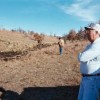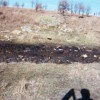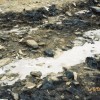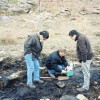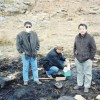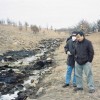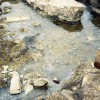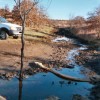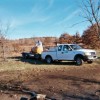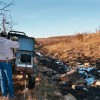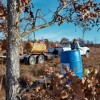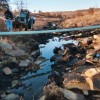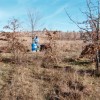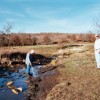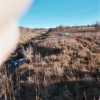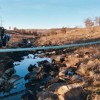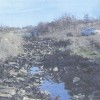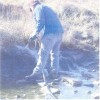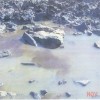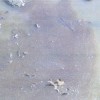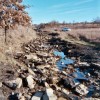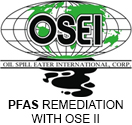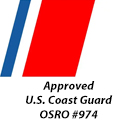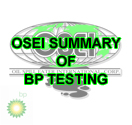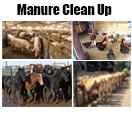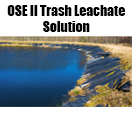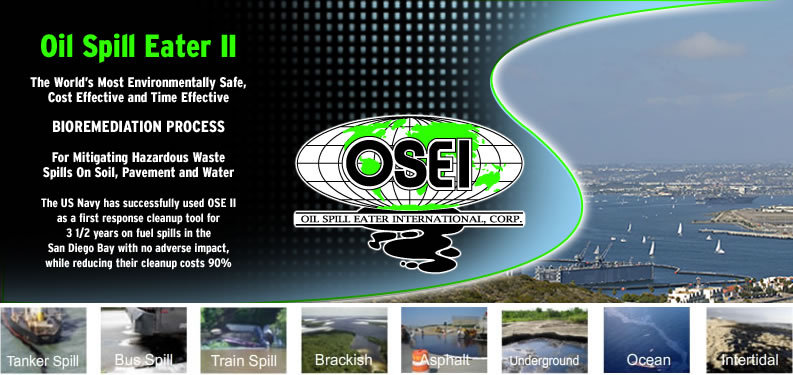
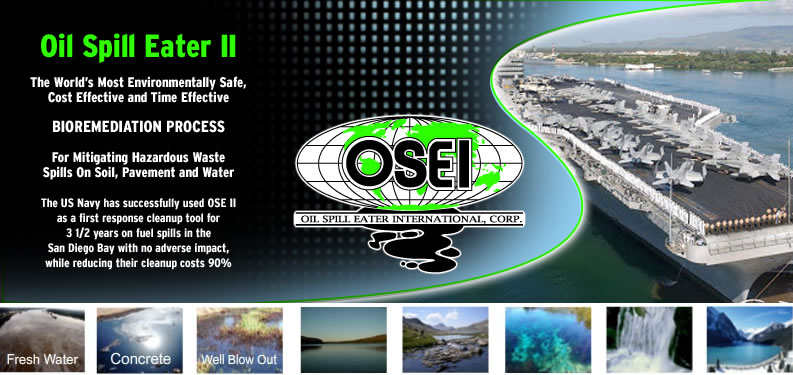
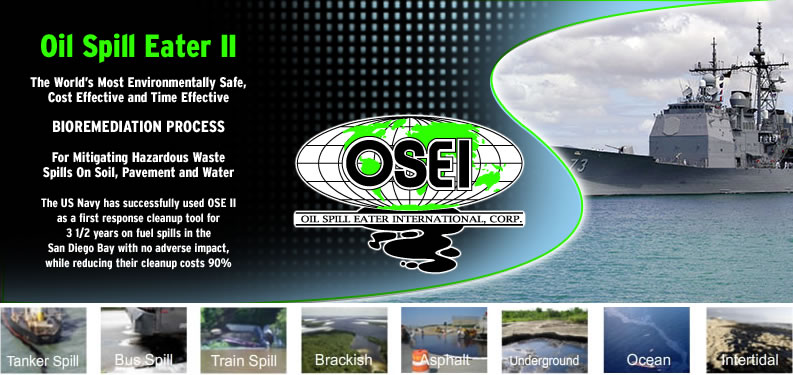
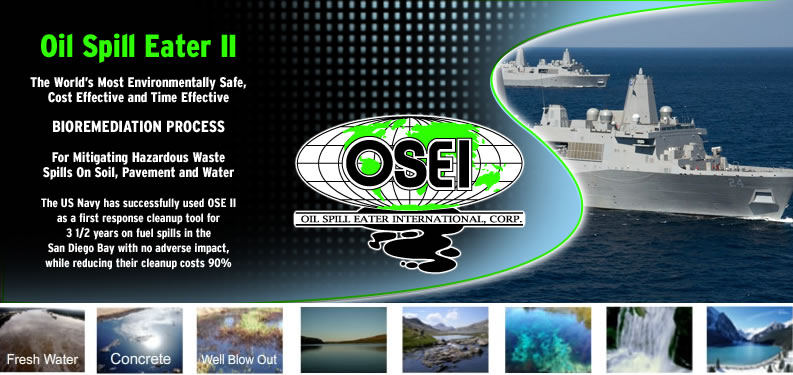
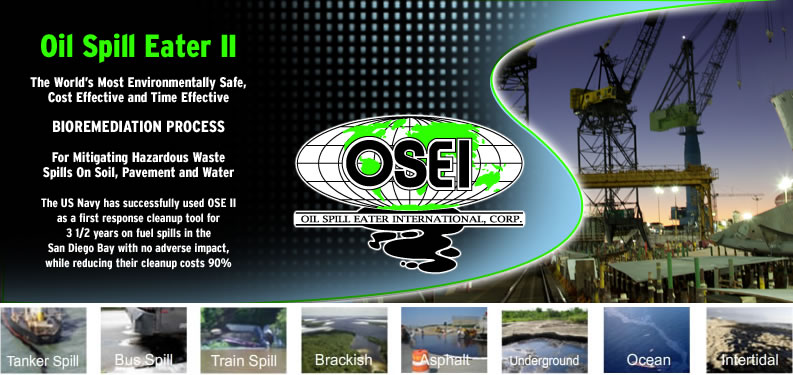
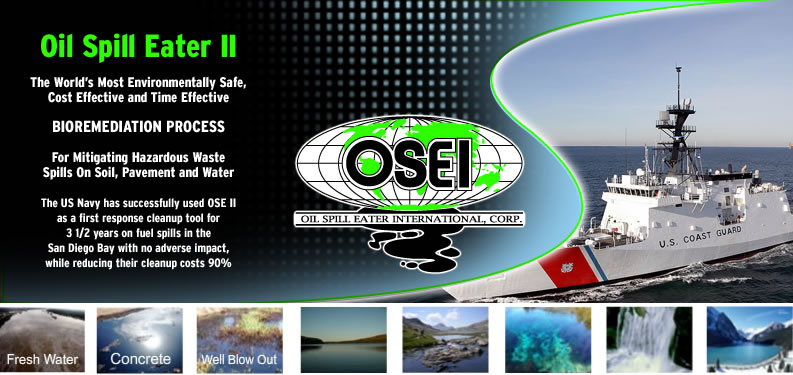
Osage Indian Reservation – EPA Cleanup
- Farmland Industries informed the OSEI Corporation that they had an oil spill covering approximately one mile.
- The U.S. EPA Regional Response Team VI approved the use of OSE II to be applied to this U.S. Navigable water spill.
- A U.S. EPA contractor met with OSEI Corporation officials to determine how much OSE II would be needed
- OSEI personel along with Michael Yuann from Taiwan and Mr. Tree from China extracted samples for initial test evaluation
- Mr. Yuann wore a mask due to the hydrocarbon smell
- The spill came from a rupture in the pipeline running over the creek
- Rocks along the creek were turned over to see how much oil was absorbed
- Booms were placed across the creek at the end of the contaminated area to trap free floating oil being mobilized off the rocks and soil
- A large water tank was brought in to mix with the OSE II
- Water was extracted out of a well to fill the water tank.
- The water tank then had OSE II mixed in it.
- The same pumper system that filled the water tank was also used with the OSE II
- Drums of OSE II were staged in several areas along the spill area
- Farmland Industries personel applied OSE II mixed with water to the spill
- Farmland personel applied OSE II to the entire spill area
- OSE II was applied up to and just past the pipeline where the break occured
- OSE II applied first at the highest point and continued until the lowest point of the oil spill was reached.
- OSE II was applied with some pressure to the rocks
- OSE II was applied with very little pressure to the soil
- Within 20 minutes the oil started lifting and mobilizing from the rocks and soil
- The initial oil TPH was 41,000 ppm of heavy oil and the diesel TPH was 11,000 ppm initially
- The diesel TPH was ND non detect after the 30 day testing was performed and the heavy hydrocarbons was down to 39,000 ppm. However in 90 days, the hydrocarbon was significantly less.
